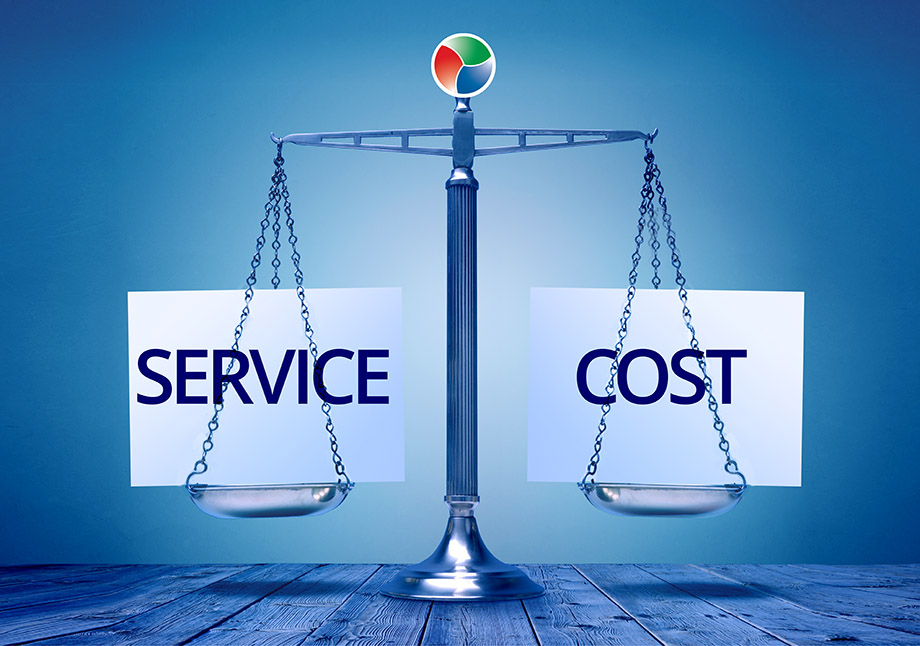
Riding the Tradeoff Curve
In the supply chain planning world, the most fundamental decision is how to balance item availability against the cost of maintaining that availability (service levels and fill rates). At one extreme, you can grossly overstock and never run out until you go broke and have to close up shop from sinking all your cash into inventory that doesn’t sell.

Quantum Inventory Theory?
Physics at the quantum level is quite weird – not at all like what we experience in our usual macroscopic life. Among the oddities are “superposition”, “entanglement”, and “quantum foam.” Weird as these phenomena are, I cannot help seeing analogs in the supposedly different world of supply chain management.
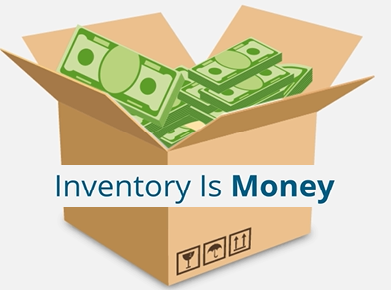
Stop Leaking Money with Manual Inventory Controls
An inventory professional who is responsible for 10,000 items has 10,000 things to stress over every day. Double that for someone responsible for 20,000 items. In the crush of business, routine decisions often take second place to fire-fighting: dealing with supplier hiccups, straightening out paperwork mistakes, recovering from that collision between a truck and the loading dock.

Key Considerations When Evaluating your ERP system’s Forecasting Capabilities
Consider what is meant by “demand management”, “demand planning”, and “forecasting”. These terms imply certain standard functionality for collaboration, statistical analysis, and reporting to support a professional demand planning process. However, in most ERP systems, “demand management” running MRP and reconciling demand and supply for the purpose of placing orders

The 3 Types of Supply Chain Analytics
The three types of supply chain analytics are “descriptive”, “predictive”, and “prescriptive.” Each plays a different role in helping you manage your inventory. Modern supply chain software lets you exploit all three helping you to reduce inventory costs, improve on time delivery and service levels, while running a more efficient supply chain.
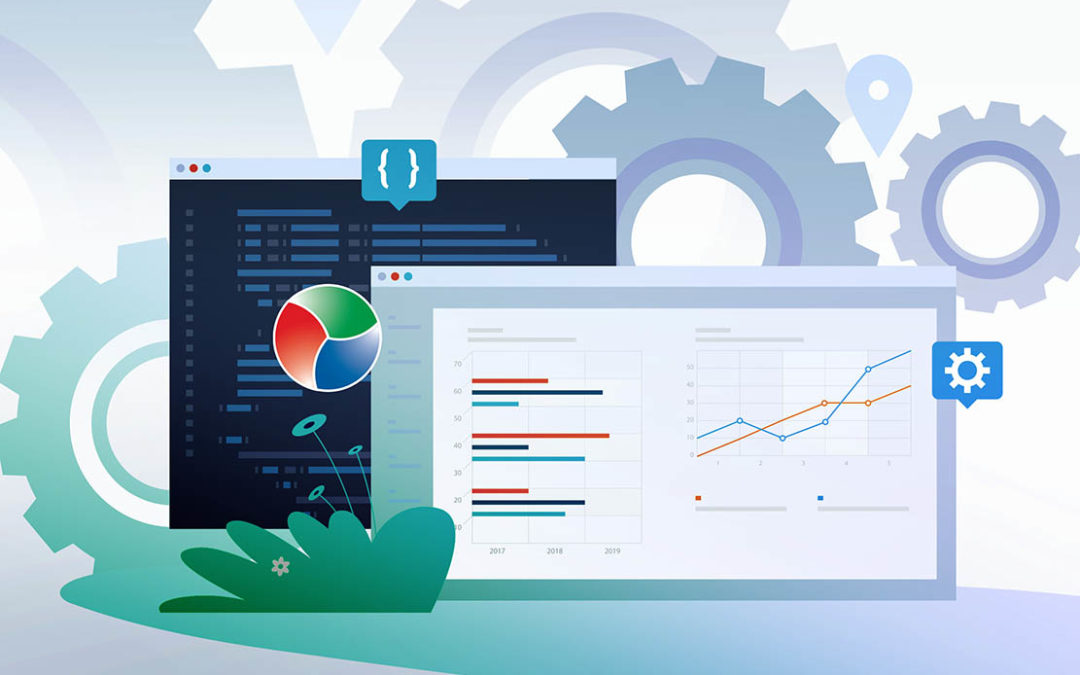
The Top 5 Myths about Demand Planning Implementations
We just need to feed our demand histories into our new statistical methods, and we can start planning more effectively. Not quite: it’s about the technology and the process. You are investing in a new business process to develop forecasts for driving business strategy and inventory planning decisions.

The Right Forecast Accuracy Metric for Inventory Planning
Testing software solutions via a series of empirical competition can be an attractive option. In the case of forecasting and demand planning, a traditional “hold out” test is a good way to assess monthly or weekly forecast accuracy, but it is minimally useful if you have a different objective: Optimizing inventory.

Protect your Demand Planning Process from Regime Change
No, not that kind of regime change: Nothing here about cruise missiles and stealth bombers. And no, we’re not talking about the other kind of regime change that hits closer to home: Shuffling the C-Suite at your company. In this blog, we discuss the relevance of regime change on time series data used for demand planning and forecasting.

Don’t Become a Victim of Your Forecast Models
Generally, the supply chain field has lagged behind finance in terms of the use of statistical models. My university colleagues and I are chipping away at that, but we have a long way to go. Some supply chains are quite technically sophisticated, but many, perhaps more, are essentially managed as much by gut instinct as by the numbers. Is this avoidance of analytics safer than relying on models?

How to Tell You Don’t Really Have an Inventory Planning and Forecasting Policy
You can’t properly manage your inventory levels, let alone optimize them, if you don’t have a handle on exactly how demand forecasts and stocking parameters (such as Min/Max, safety stocks, and reorder points, and order quantities) are determined. Many organizations cannot specify how policy inputs are calculated or identify situations calling for management overrides to the policy. If you have these problems, you may be wasting hundreds of thousands to millions of dollars each year in unnecessary shortage costs, holding costs, and ordering costs.
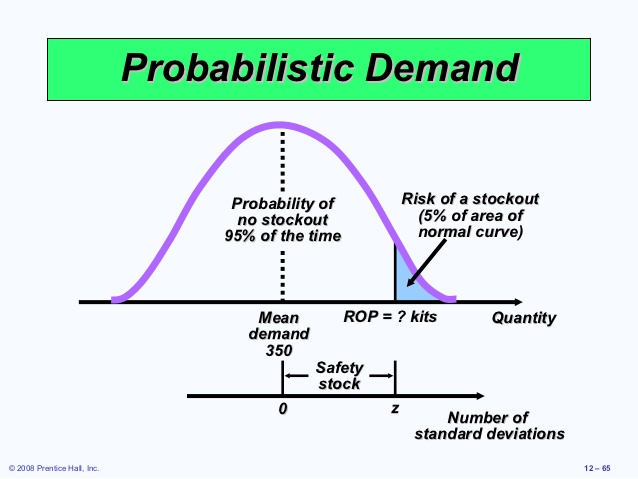
The 3 levels of forecasting: Point forecasts, Interval forecasts, Probability forecasts
There are three possible types of forecasts that can be used in demand and inventory planning processes. Point forecasting, interval forecasting, and probabilistic forecasting. Each type of forecast offers progressively more information to inventory managers that will enhance the planning process. In this video blog, Dr. Thomas Willemain explains the differences and highlights the advantages that probabilistic forecasting offers. In summary, knowing more is always better than knowing less and the probability forecast provides additional information that is crucial for inventory planning.

Infrequent Updates to Inventory Planning Parameters Costs Time, Money, and Hurts Service
Inventory planning parameters such as safety stock levels, reorder points, Min/Max settings, lead times, order quantities, and DDMRP buffers directly impact inventory spending and ability to meet customer demand. Ensuring that these inputs are optimized regularly will dramatically improve customer service levels and will reduce the amount of unnecessary inventory spending.
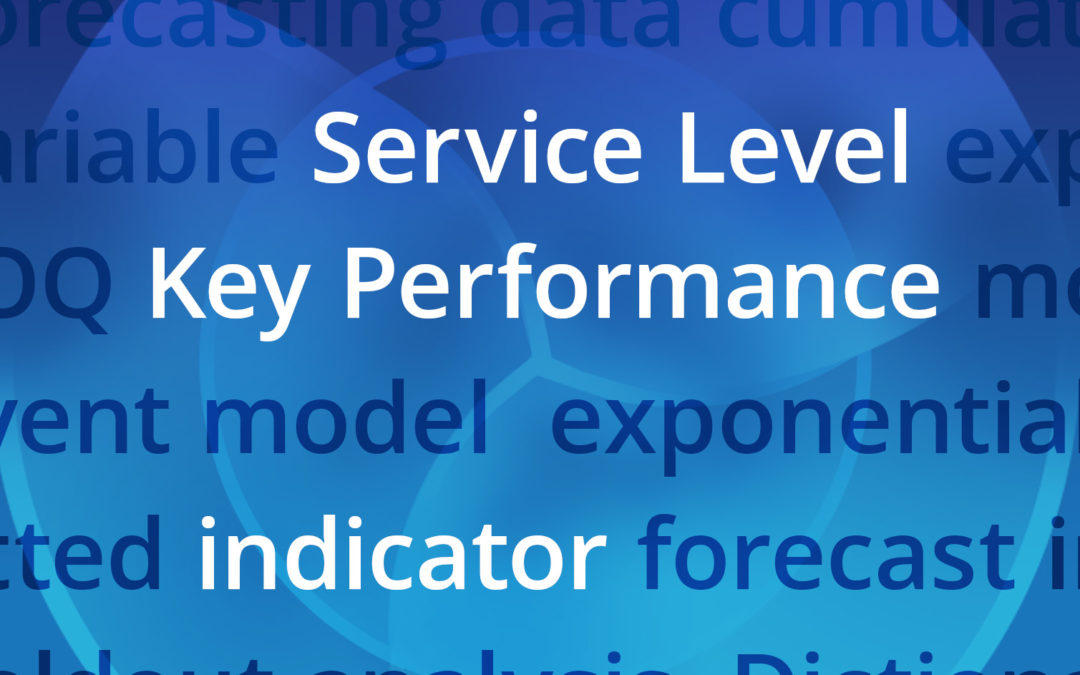
Undershoot is Sabotaging your Service Level!
Undershoot means that the lead time begins not at the reorder point but below it. Undershoot happens every time the demand that breached the reorder point took the stock down below (not down to) the reorder point. Undershoot picks your pocket before you even begin to roll the dice. It deludes the inventory professional into thinking his or her reorder points are sufficient to achieve their targets, whereas actual performance will not make the grade.

The Real Culprits of Stockouts and Excess
Service level and fill rate are two important metrics for measuring how effectively customer demand is satisfied. These terms are often confused and understanding the differences can help improve your inventory planning process. This video blog (Vlog) helps illustrate the difference with a simple example using Excel

The Advantages of Probability Forecasting
Most demand forecasts are partial or incomplete: They provide only one single number: the most likely value of future demand. This is called a point forecast. Usually, the point forecast estimates the average value of future demand. Much more useful is a forecast of full probability distribution of demand at any future time. This is more commonly referred to as probability forecasting and is much more useful.









